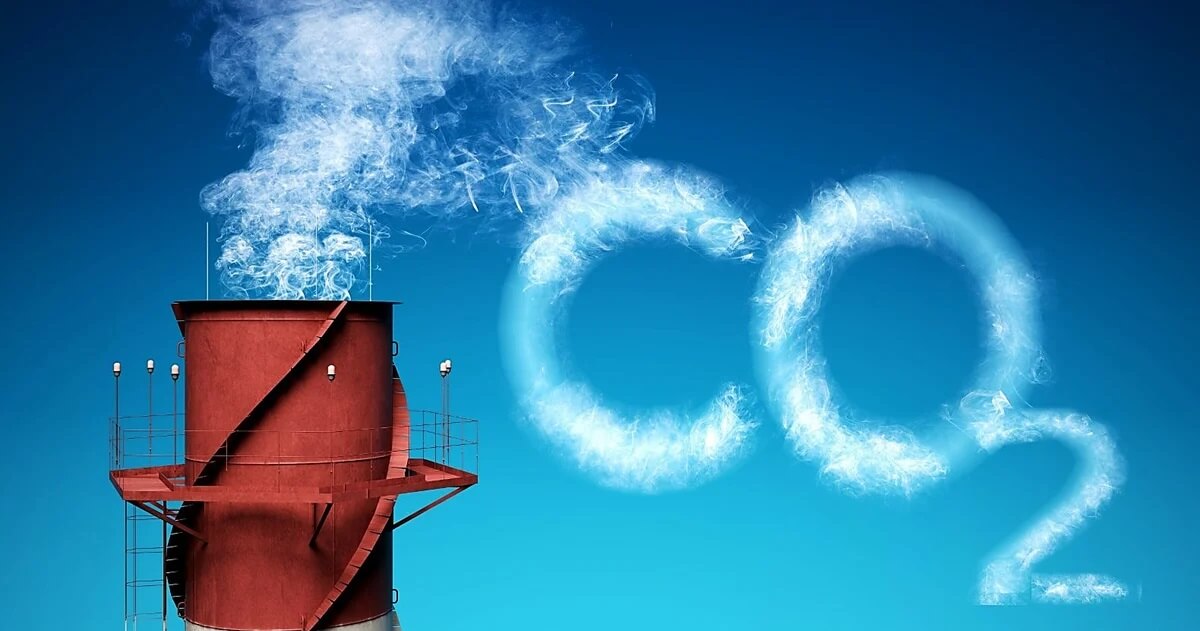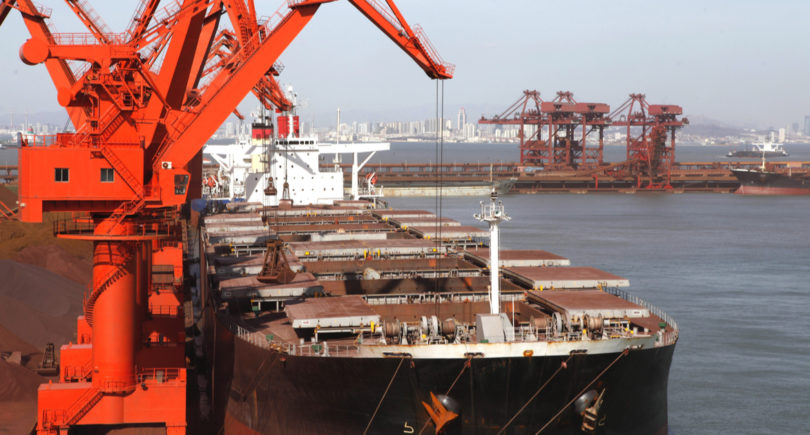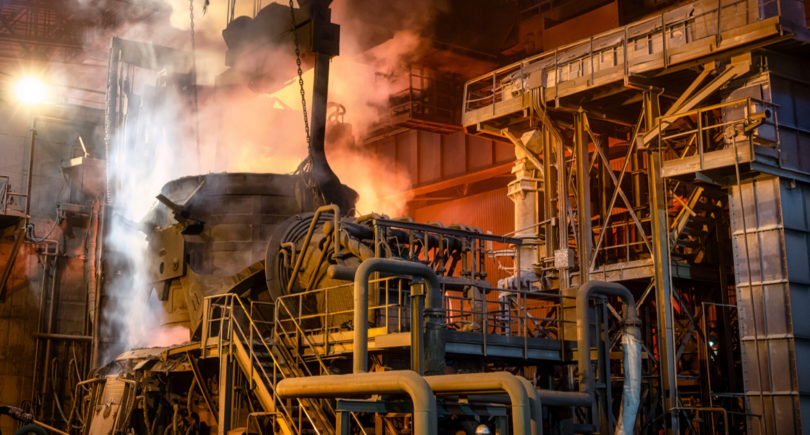
News Global Market China 479 25 July 2023
Emissions of sulfur dioxide per ton of steel were 0.21 kg/t, smoke and dust – 0.25 kg/t, nitrogen oxide – 0.41 kg/t
In January-June 2023, total emissions in China’s steel industry increased by 3.4% compared to the same period in 2022. China Iron and Steel Association (CISA) informs about it.
Emissions of sulfur dioxide per ton of steel were 0.21 kg/t (-17.7% y/y), smoke and dust – 0.25 kg/t (-16.5% y/y), nitrogen oxide – 0.41 kg/t (-15% y/y). Emissions of sulfur dioxide and solid particles decreased by 17% and 14.5%, respectively.
The total volume of water used by steel enterprises in January-June increased by 3.8% y/y – up to 47.24 billion cubic meters. In particular, new water intake decreased by 3% y/y – to 25.6 million cubic m, and reuse increased by 3.9% y/y – up to 1.75 billion cubic meters. The level of water reuse was 98.3%, which is 0.12 pp higher.
The production of steel slag by Chinese steelmakers in the first half of 2023 amounted to 43.8 million tons, which is 0.3% more y/y. The output of blast furnace slag increased by 3.6% y/y – up to 115.6 million tons. The utilization rate of steelmaking slag was 99.14%, (+0.64 percentage point y/y), blast furnace slag was 99.14%, (+0.17 percentage point y/y).
Blast furnace gas production amounted to 478.5 billion cubic meters. m, which is 1.5% more y/y, converter – 42.5 billion cubic meters. m (+2.9% y/y), and coke – 28.45 billion cubic meters. m (-0.1% y/y). The coefficient of use of blast furnace gas was 98.44%, which corresponds to the indicator of January-June 2022, of converter gas – 98.50% (-0.01 percentage point y/y), of coke gas – 98.8% (+0.07 percentage point y/y).
At the beginning of July, the municipal government of Tangshan (Hebei province) – a large steelmaking center of China – made a demand to local steel mills to reduce production as part of measures to improve air quality. The municipal government asked 11 Class A steel mills to take the initiative to cut production by 30%, while Class B or below enterprises were to suspend half of their sintering capacity from July 1-31.
As GMK Center reported earlier, China in the first half of 2023 increased production of steel by 1.3% compared to the same period in 2022 – up to 535.64 million tons. By the end of the year, the country’s government may introduce restrictions on steel production at the level of 2022.



